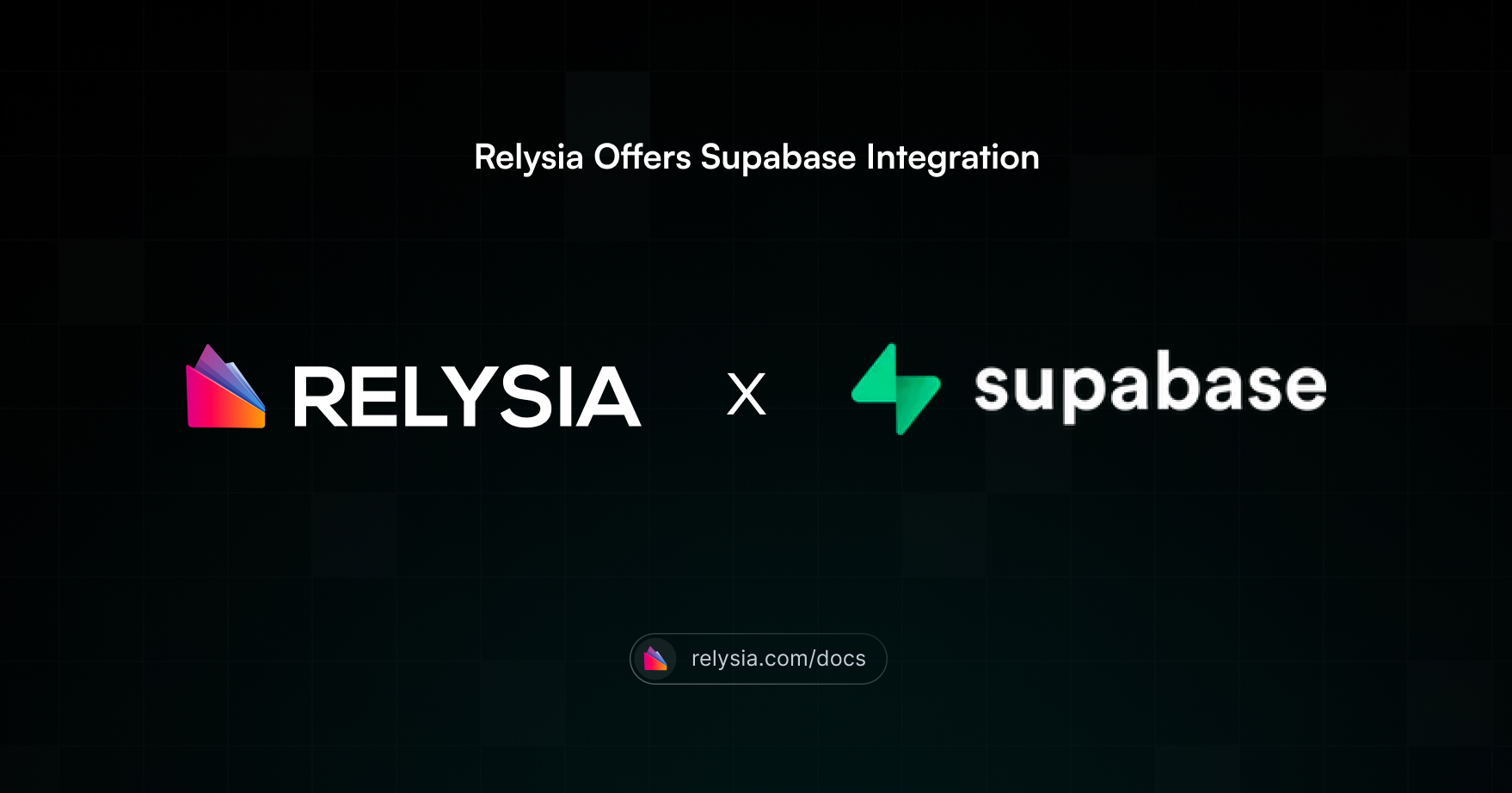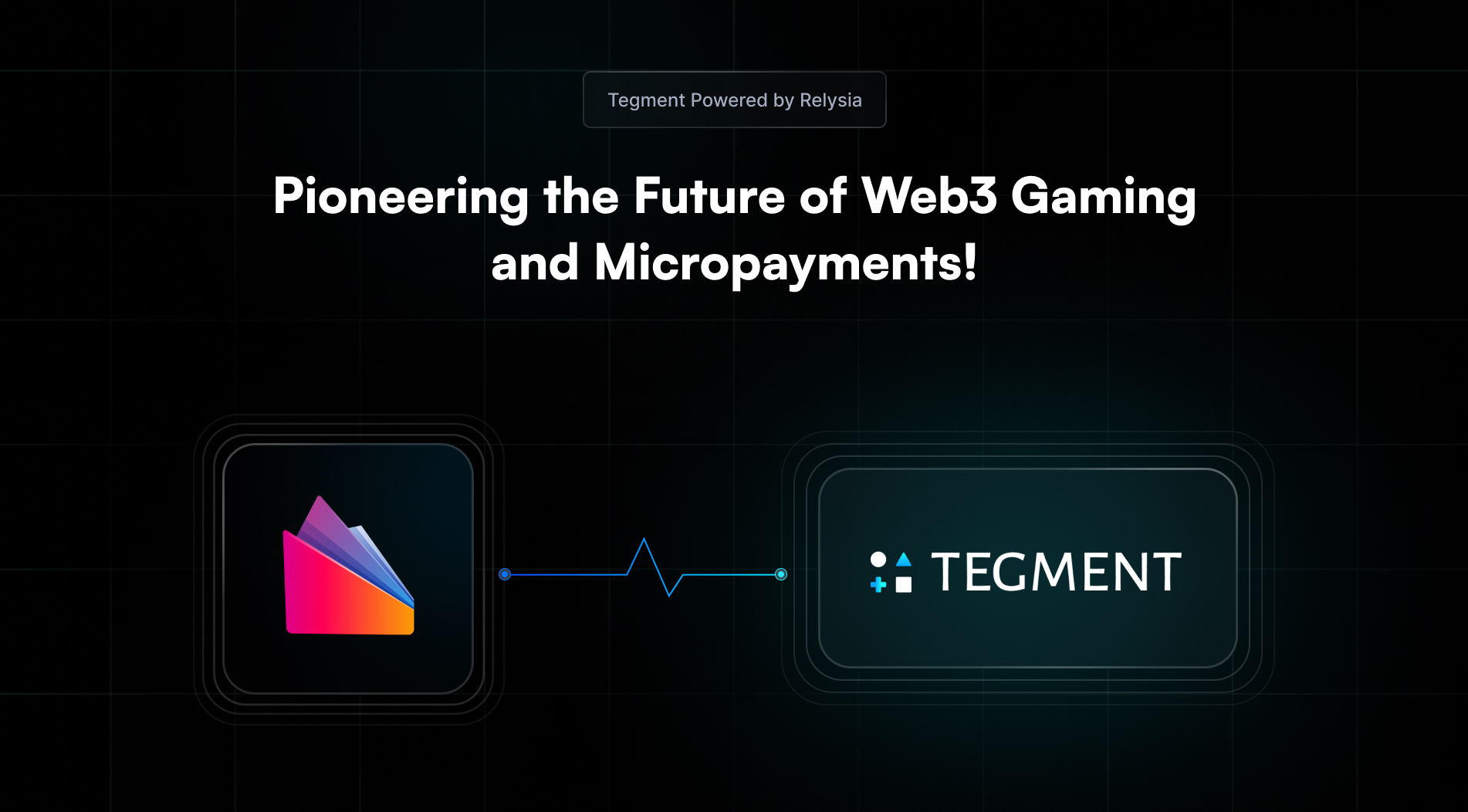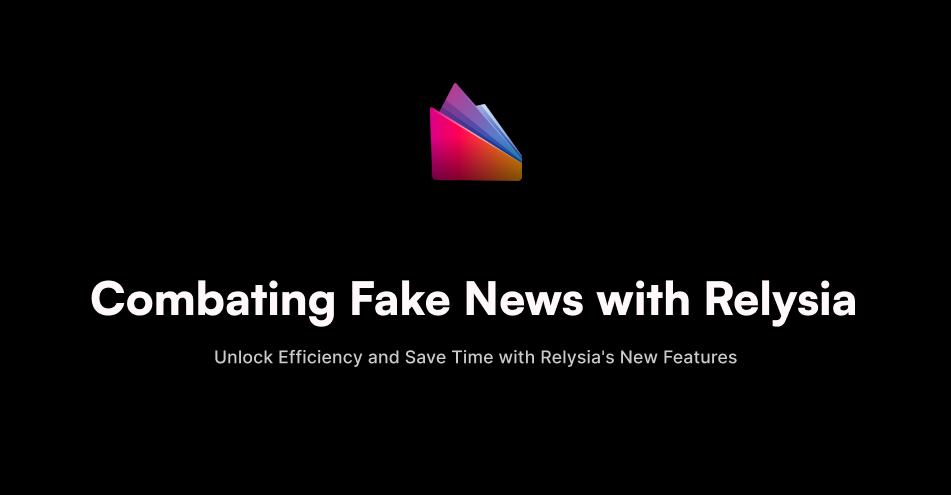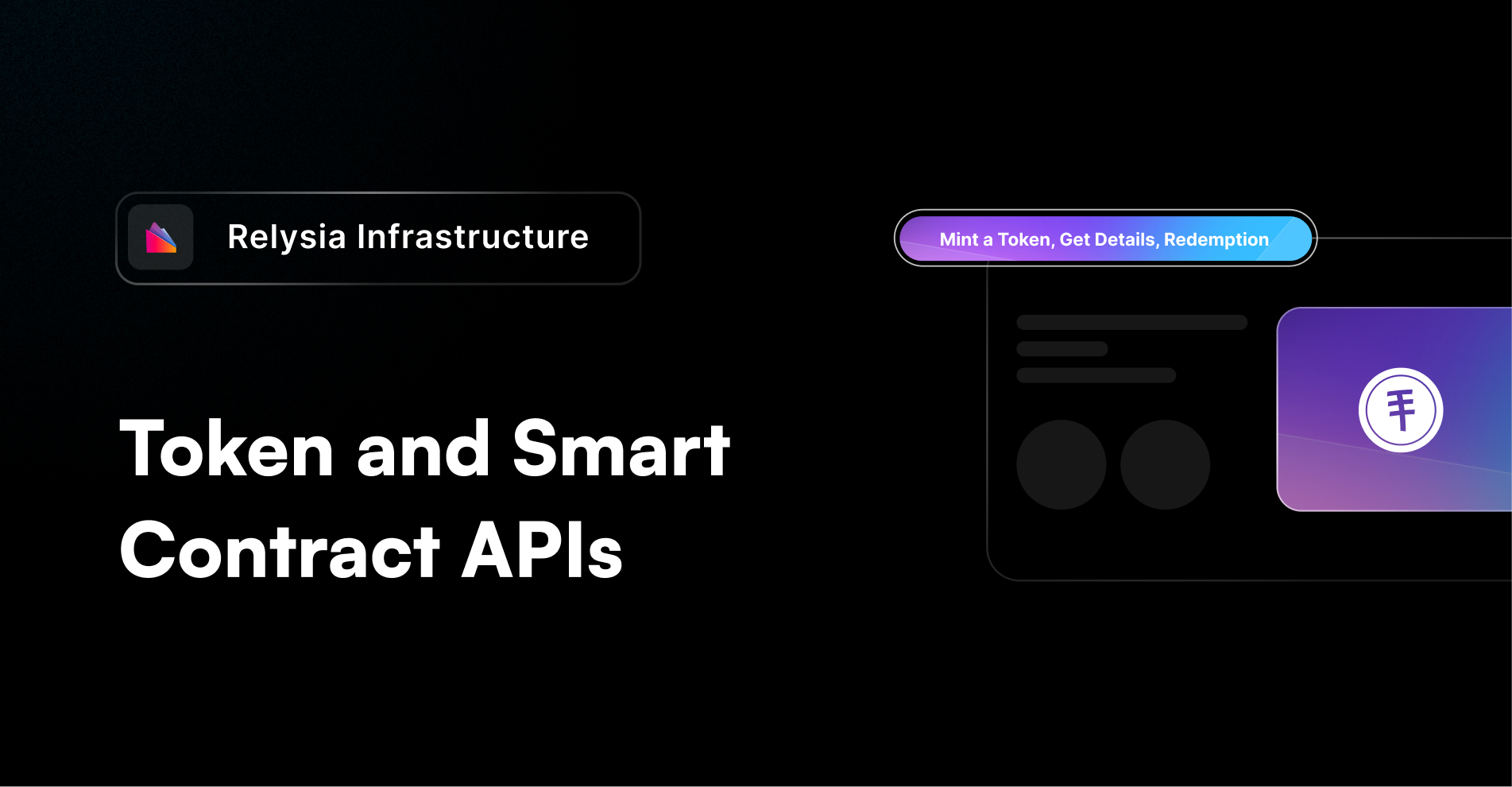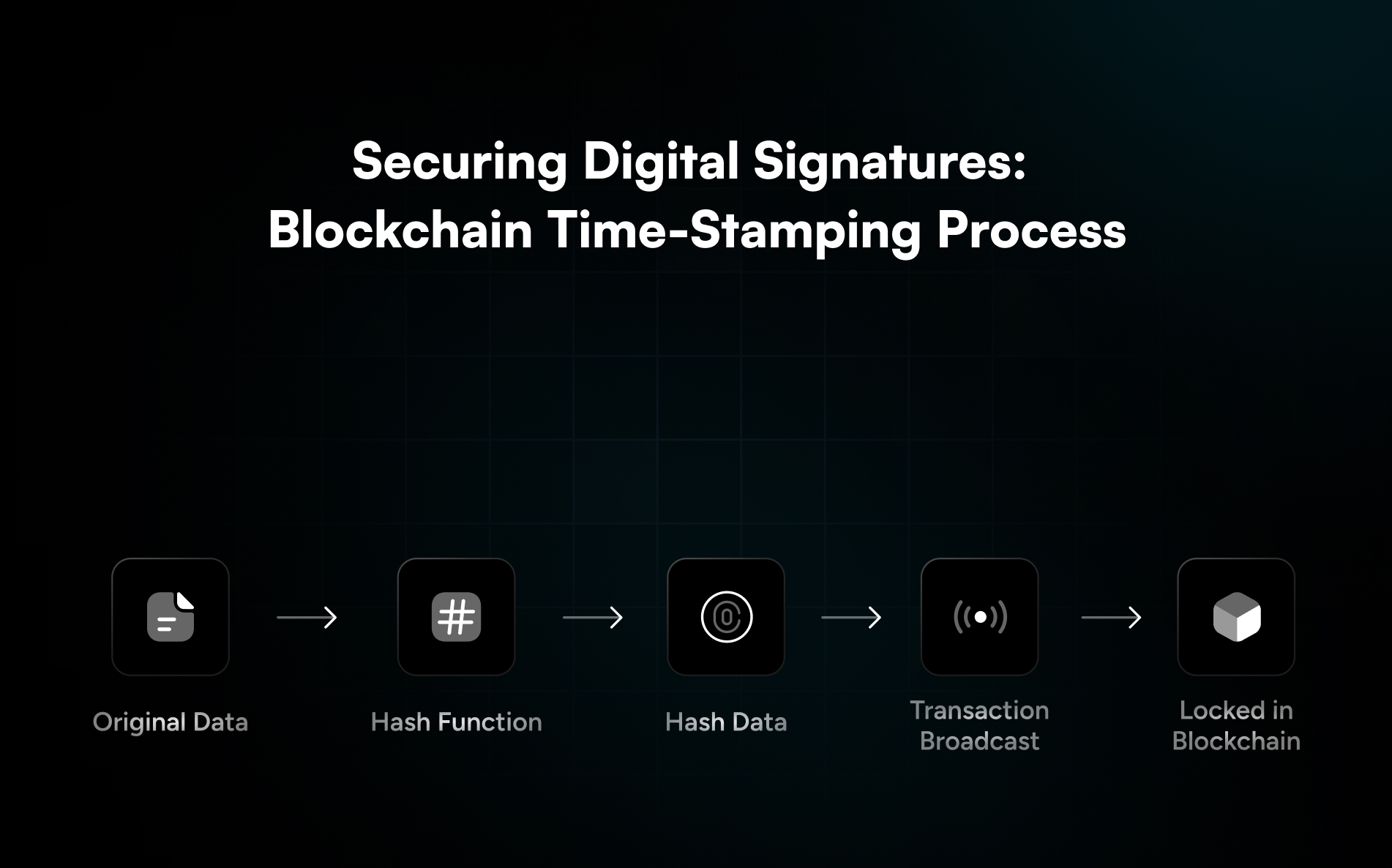Even though the first blockchain protocol (Bitcoin) came to life over 12 years ago, adoption has moved very slowly on all fronts – this largely has to do with a lack of understanding in the subject and poor Web3 tools for developers. As such, blockchain development was time-consuming and overly complex. With the birth of Relysia, the definitive blockchain as a service provider, development and adoption are accelerating on the Bitcoin SV blockchain.
This blog article will take a closer look at the tech stack that we use for all development projects at the Vaionex Corporation and Product Applications.
By reading this guide, you’ll get an excellent overview of all layers involved in blockchain development. Plus, you’ll learn about many incredible tools that are waiting to be utilised by you. Another vital layer of the stack is Relysia, the cutting-edge blockchain development platform. The careful consideration given to the Relysia endpoints and architecture saves time and resources, allowing you to invest more resources in other aspects of your business. Thus, make sure to create your account today. But enough about Relysia for now; let’s rather focus on the broader view of the Web3 tech stack.
Web3 Tech Stack – An Overview

Before we take a closer look at each level of the Web3 tech stack, it’s important to have a clear picture in mind.
The BSV blockchain is at the lowest level of the Web3 tech stack and that Web3 applications are at the top. In between, we have APIs and platforms. As mentioned, we will take a closer look at each of these levels of the Web3 stack.
It should be quite clear that users care the most about the top layer since this is the finished product that they use – so it is important to consider each part of the blockchain development stack carefully if you want to build cutting-edge blockchain apps.
Your Web3 tech stack should be designed in such a way that focuses your attention on the frontend/platform level. This will help you to reduce waste of precious time on creating your own backend to manage UTXOs and user keys. Luckily there are many useful tools that help you to ship your product faster and offer users a superior experience.
Web3 Tech Stack Layer One – Blockchain
Blockchain technology is the first Web3 tech stack layer. Without the Bitcoin protocol there is no Web3 development. Henceforth, we place this as the foundation for our stack. In recent years, Ethereum has been the leader in development activity and user numbers.
However, the poor network architecture inevitably leads to high transaction fees and malicious exploits. In the future there can only be one blockchain protocol that the world uses for a transparent record of ownership and exchange.
The Bitcoin SV blockchain is, as Dr. Craig Wright often says, just plumbing. How often does the average homeowner tinker around with their pipes? Most likely never, right?
There are many services that allow you to use the blockchain and access data that include: WhatsOnChain, BlockChair and others. It is important to note that people mistakenly refer to these “listener” services as Nodes, but by definition in the Bitcoin whitepaper, Nodes process transactions by mining blocks.
Web3 Tech Stack Layer Two – APIs
An Application Programming Interface, API for short, is a set of functions and protocols for building applications, or blockchain applications. The interoperability offered, allows for a piece of software to interact with other pieces of software. It is also worth noting for developers, that a proper set of APIs contribute to an easy and stable coding experience.
APIs and SDKs are very popular in the Web3 development stack due to the high complexity and costs of building your own blockchain backend that will not fail your users. All blockchain as a service providers offer documentation for their APIs. The Relysia documentation, for example, covers our broad suite of endpoints and includes in depth explanations in code editors and videos. You can also learn more about how Relysia works in practice at Satolearn.com.
Relysia’ SDK
The Relysia SDK offers over 60 endpoints, with examples including: /createWallet, /invoice, /upload, /getTransaction, /balance, /issue(NFT), /getAddress, /history, /metrics, etc. There are many more APIs in our suite that simplify blockchain development.
Web3 Tech Stack Layer Three – Platforms
You may be familiar with many legacy development platforms such as Firebase, Azure, and Amazon Web Service (AWS). But when it comes to Blockchain Development, Relysia is the tool for all of your needs.
Without a BaaS provider, you need to manage and maintain your own backend if you want to use APIs. Normally software engineers would have to build functionality that includes: UTXO management, authentication, NFT minting, etc.
Relysia’s Main Features
Some of the powerful capabilities that Relysia provides include:
- Web2 and Web3 Authentication.
- P2P Smart Contracts.
- Blockchain Database for Files, Transactions and Web Hosting.
- STAS Tokens & NFTs
- UTXO Management
- Invoice Payments
As you can see, Relysia is a platform that essentially gives you an end-to-end blockchain development experience. You have all the tools to take your idea from concept to application. Do you already have an idea? Use Relysia to fuel your development!
All you need to do is create your free Relysia account. With an account, you’ll be able to see your auth token and service ID. From there, you can call any of the API endpoints, and much more. If you combine the simplicity of Relysia with a boilerplate frontend from a marketplace such as Envato Themeforest, you can build a stunning blockchain application in days.
Fourth Web3 Tech Stack Layer – Applications
At last, we reach the most layer that your users are most interested in – Web3 applications. This is generally the stage of development that separates the best from the rest. You can get creative and build an amazing UI that offers an advanced user experience. Some notable CSS frameworks for frontend development include: TailWindUI, Bootstrap, Material UI and more. CSS frameworks are really useful because they provide a consistent set of style parameters that you can add via css classes.
We advise developers to use a JavaScript framework such as: Next.JS or React.JS. These frameworks have become increasingly popular among frontend developers and engineers and they are also compatible with our Relysia APIs and SDK.
Web3 Tech Stack for Blockchain Development – Summary
At this point, you are all caught up and know that the Web3 tech stack consists of five layers:
- Bitcoin SV Blockchain
- APIs and API providers
- Development platforms
- Decentralised applications
You have also learned the basics of each component of the Tech Stack for web development and you now know to focus on APIs and platforms for all of your blockchain backend functionality. If you made it this far through the blog, then you have probably created a free Relysia account and you are ready to start building with the only development platform that can service all of your Web3 needs.
With Relysia on your side, its neat documentation and consistent developer support you have all the tools to bring your blockchain idea into reality. Moving forward, we recommend you read our API documentation and test our endpoints in SwaggerUI.However, in case you are not yet JavaScript-proficient, make sure to enrol in the final project in the “Wallet Workshop” course. This will give you a chance to learn to build real world blockchain apps using JavaScript. By enrolling at Satolearn, you’ll also access some of the best lecturers and coders in the industry.






